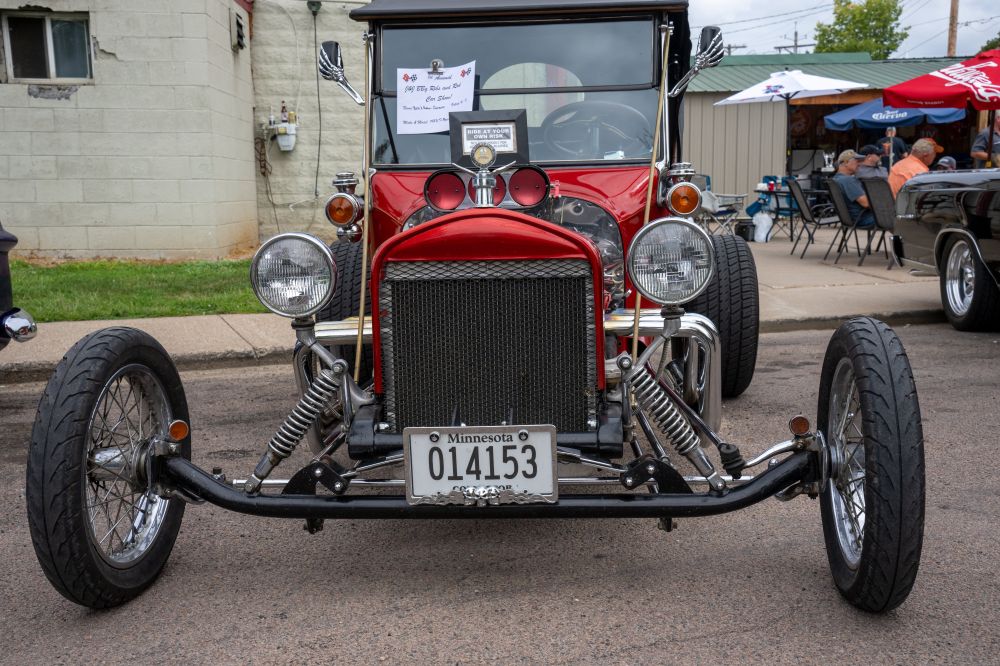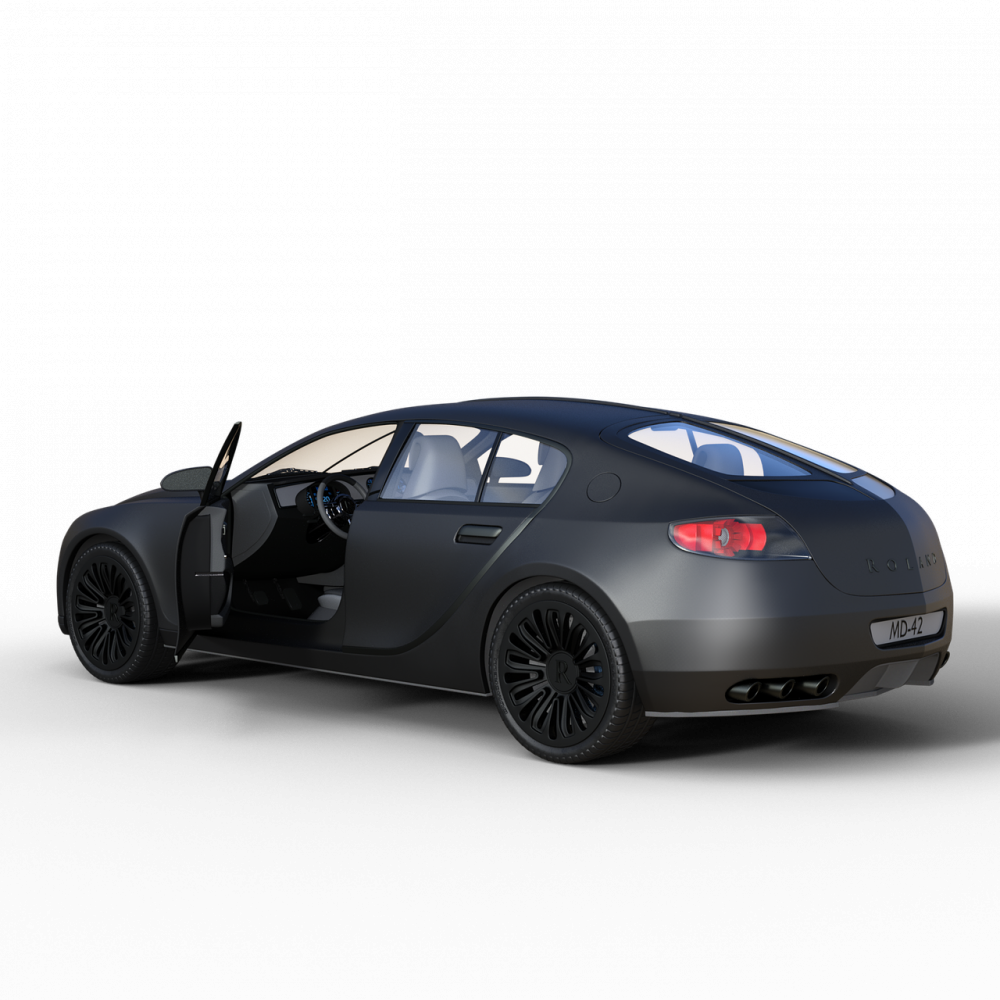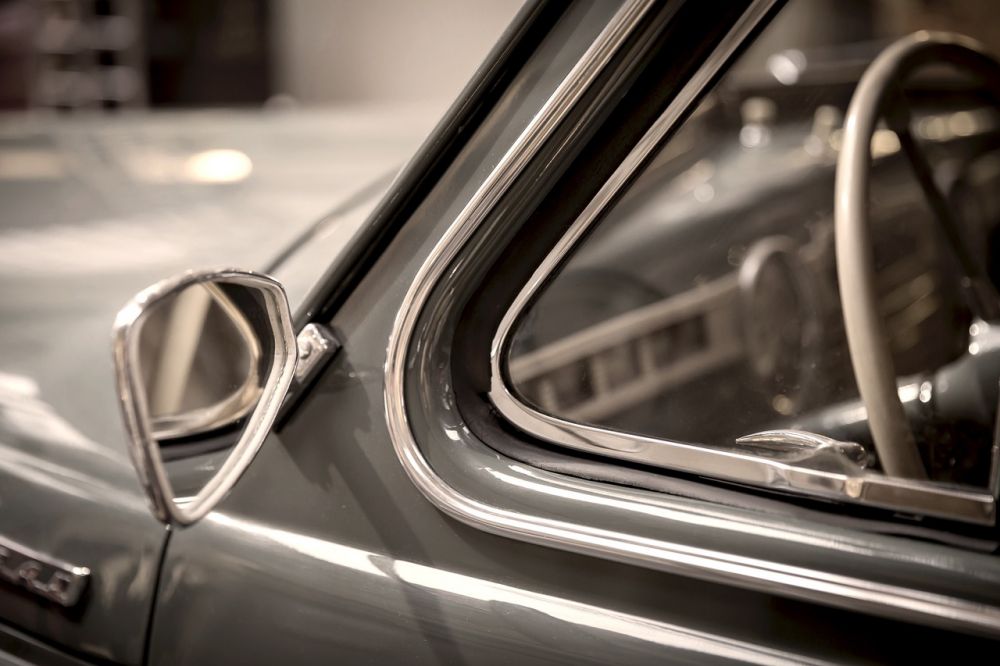Saab Museum - Utforska historien, teknologin och passionen för Saab-bilar

Introduction:
Saab, a Swedish automobile manufacturer, has left an indelible mark in the automotive industry with its unique design, innovative technology, and unwavering focus on safety. The Saab Museum stands as a testament to the brand’s legacy, showcasing an impressive collection of Saab vehicles, artifacts, and memorabilia. In this article, we will delve into the world of the Saab Museum, providing a comprehensive overview, discussing its varied exhibits, analyzing quantitative measurements, highlighting differences between different Saab Museums, and exploring the decision-making factors for car enthusiasts when purchasing a Saab.
An Overview of the Saab Museum

The Saab Museum, located in Trollhättan, Sweden, is a mesmerizing destination for car enthusiasts and those interested in the rich history of Saab automobiles. With its diverse range of exhibits, the museum offers visitors a unique opportunity to witness the evolution of Saab vehicles over the years. The museum covers an expansive area, housing an extensive collection of cars, prototypes, engines, and other related artifacts.
Dive into the World of the Saab Museum
Visitors to the Saab Museum will be treated to a captivating display of Saab’s most iconic vehicles, such as the Saab 92, Saab 96, and Saab 900. These models played a significant role in shaping the brand’s identity and establishing its reputation for safety, performance, and innovation. The museum also features rare prototypes and concept cars, offering insights into Saab’s forward-thinking approach to design and technology.
The exhibits at the Saab Museum are not limited to just cars. Visitors can explore an array of Saab aviation history, showcasing the brand’s deep roots in aerospace engineering. The museum displays aircraft engines, flight simulators, and models that highlight Saab’s contributions to the aviation industry.
Quantitative Insights about the Saab Museum
The Saab Museum has consistently attracted a significant number of visitors from around the world. On average, the museum receives over 100,000 visitors annually, marking it as a popular destination for automotive enthusiasts. Furthermore, the museum’s online presence has been growing steadily, with a substantial following on social media platforms and an increasing number of online interactions and engagements.
Differences Between Saab Museums
While the main Saab Museum is located in Trollhättan, there are several satellite museums and exhibitions dedicated to Saab vehicles worldwide. These locations offer unique collections and experiences, enhancing the accessibility of Saab’s history and heritage for a broader audience.
One notable satellite museum is the Saab Car Museum in Arendal, Norway. It showcases an impressive collection of Saab cars, including rare limited editions and models that have gained a cult following among Saab enthusiasts. Another satellite museum worth mentioning is the Saab Heritage Car Museum in Nystad, Finland. This museum focuses on the Finnish connection to Saab and showcases rare Saab models specifically designed for the Finnish market.
A Historical Overview of Saab Museums
Over the years, Saab Museums have evolved to embrace digital technologies and interactive exhibits. Initially, museums primarily focused on static displays of cars and artifacts, providing visitors with a glimpse into Saab’s history. However, as technology progressed, museums began incorporating immersive experiences, interactive displays, and multimedia presentations to engage visitors on a deeper level.
While these advancements have undoubtedly enhanced the museum experience, some argue that it should not overshadow the essence of a museum, which is to showcase the vehicles and artifacts in their original form. Striking the right balance between traditional displays and innovative technologies remains a challenge for Saab Museums worldwide.
The Crucial Decision Factors for Car Enthusiasts
For car enthusiasts, purchasing a Saab goes beyond the typical considerations of cost, performance, and aesthetics. Saab’s history of prioritizing safety, unique design elements, and advanced engineering make it a compelling choice for those seeking a distinctive driving experience.
Additionally, the availability of spare parts, maintenance support, and the overall Saab community play significant roles in the decision-making process. Owning a Saab is not merely about having a car but also becoming part of a passionate community that cherishes the brand’s heritage and values.
Conclusion:
The Saab Museum stands as a shrine to Saab’s remarkable journey in the automotive industry. Through its extensive exhibits, it tells the story of a brand that captivated hearts with its cutting-edge technology, distinct design language, and unwavering commitment to safety. Whether visiting the main museum in Trollhättan or exploring satellite museums around the world, enthusiasts can immerse themselves in the rich history, technological innovations, and passion that define Saab. The Saab Museum is a must-visit destination for anyone interested in understanding the profound impact of Saab automobiles on the automotive world.





